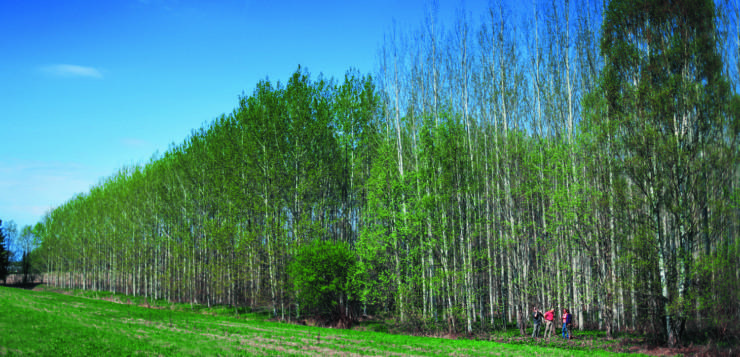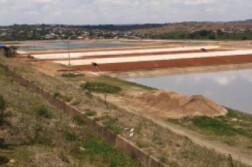In addition to climate change, humans and natural ecosystems are plagued by many scourges. At the global scale, these problems can be seen on the so-called planetary safety boundaries and human-derived exceedances of the safety limits (see Rockström et al. 2009, Nature 461). One planetary level risk is the chemicalization of the environment (including the plastic trash problems). However, the state of the earth’s chemicalization in relation to those safety limits could not be properly assessed. But now, risks have been assessed and safety margins clearly found to be exceeded (Persson et al. 2022, Environ. Sci. Technol. 56). On the other hand, we don’t really get along without utilizing chemicals. If you think about industrial production, efficient agriculture or even safe maintenance of hygiene. Very distinct phenomena, but the unifying factor is that they do not really succeed without chemicals. However, solutions have been sought, e.g. biological control or the use of less environmentally harmful chemicals in the crop protection. Thus, the chemicalization of the ecosystem can be controlled.
Where are low-risk pesticides?
Insects, vertebrates and microbes caused biting damages and diseases on crop plants. The aim is to find and manufacture as natural solutions as possible to the pest control of agriculture and forestry. The products are good examples of the outputs of green chemistry.
A commercial plant protection product is based on a biological active ingredient(s). The low-risk active ingredient can be derived from plants (e.g. garlic extracts) or is a mineral (lime). Both are a naturally occurring substances with biologically active properties. So, they can be used as an active ingredient in low-risk products. Odorants used in intra- or inter-species communication with plants, animals and microbes may also be low-risk active substances. Also, highly host selective pathogen (a microbe) can be used in plant protection against insect pests or other microbes.
How the low-risk is defined?
In the EU a low-risk plant protection product is a product (with an active ingredient) that is not persistent in the environment but degrades rapidly or that it is not bioaccumulating or acutely toxic (see EU directives and regulations such as Commission Regulation 1107/2009 and its amendment 1432/2017). Other characteristics of the low risk are: the substance is not carcinogenic or mutagenic, harmful to reproduction or harmful to water organisms. The substance must also not be hormonally active or affect the nervous or immune system. For microbes (also an ‘active substance’ in EU language), it is stated that the low-risk category requires that the microbes (a specific microbial strain) do not cause a significant increase in antimicrobial resistance in humans or animals. For example, number of baculoviruses are considered safe because they only infect insects, such as certain pest butterflies.
Are these products safe for the environment and humans?
This is not known for sure. That is why a European research network from HAMK, Ireland, Portugal and Spain are assembled. The research network responds to a request from the EU Commission to develop methods to study the effects of less toxic substances or specialized pathogens on humans or the ecosystem. The aim is primarily to develop new types of risk assessment methods for these new products.
The study evaluates the effects of potential human exposure as well as the reactions of organisms in agricultural landscape in field and laboratory experiments in three climatic zones. Effects in the aquatic ecosystem would be studied especially in the Iberian Peninsula. The difficulty in evaluating the impact of low-risk substances is that they also have (normally) a smaller direct impact on health and the environment. From a health perspective, the measurement can be very costly, with improved state-of-the-art laboratory methods required to detect negative impact. This is also true for measuring environmental impact, and it calls for new approaches and methods. In environmental monitoring, we are fortunate that technology has advanced to make good sensors cost effective, with better performance in accuracy and durability. To this effect, the consortium plans to evaluate real-life environmental impact by monitoring plant and animal life (pollinators, flying and crawling insects, and underground creatures).
Learning from project proposals
Project proposals can be very time consuming and costly. One of the major advantages in project proposals, is that it stretches ideas, drives innovation, and put you in touch with highly capable specialists. This Horizon call was no exception. We have been working for almost three months on the sensor technical aspects, and everybody in the consortium has benefited from the interaction. We have been able to create new and novel ideas (some are unproven, but with a high probability of success). It is hoped that the network will be fortunate and have success in the competition of the EU’s Horizon research program funding. It has been a privilege to work on this proposal.
Gert Hattingh, Senior Research Engineer, HAMK Smart




